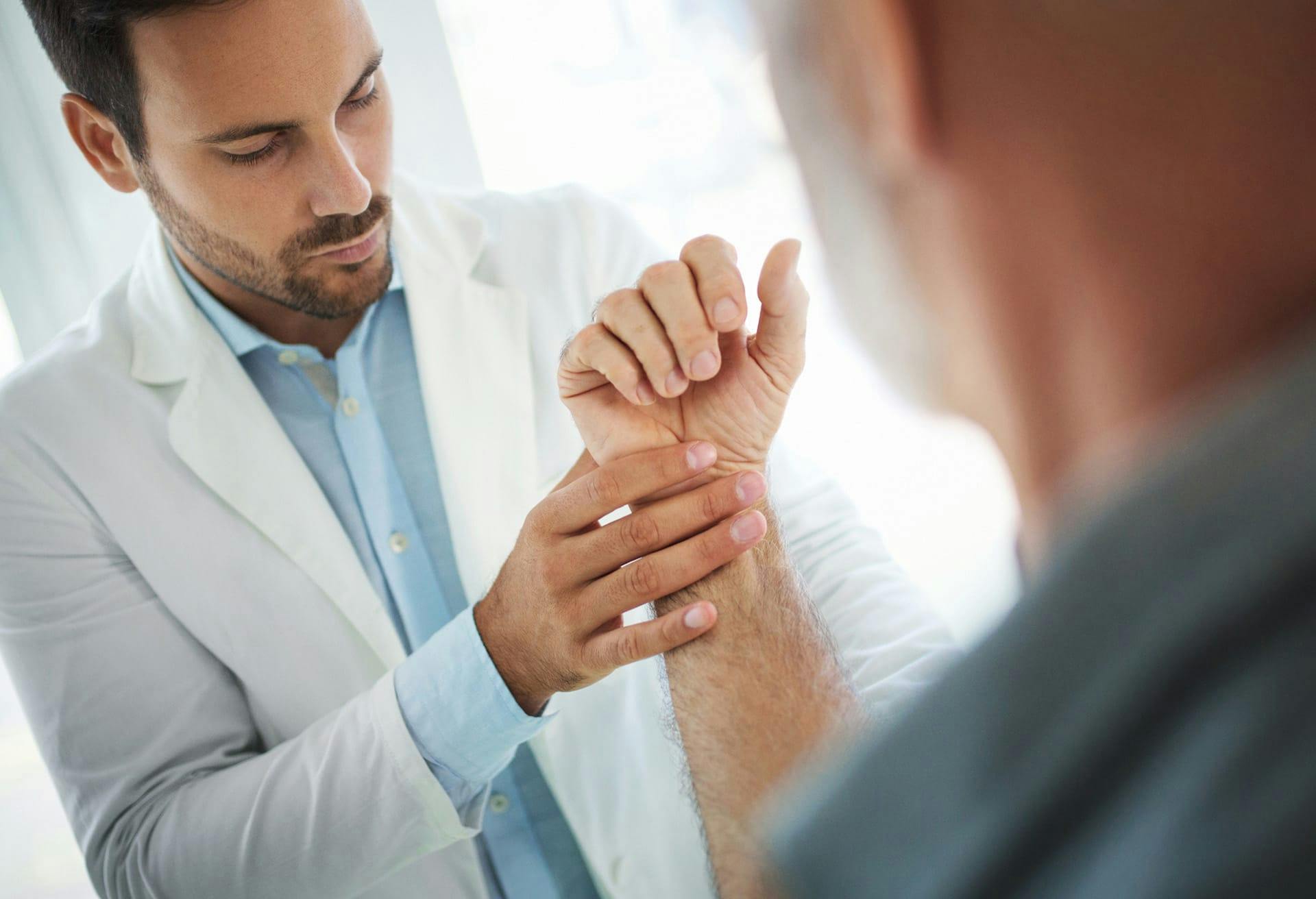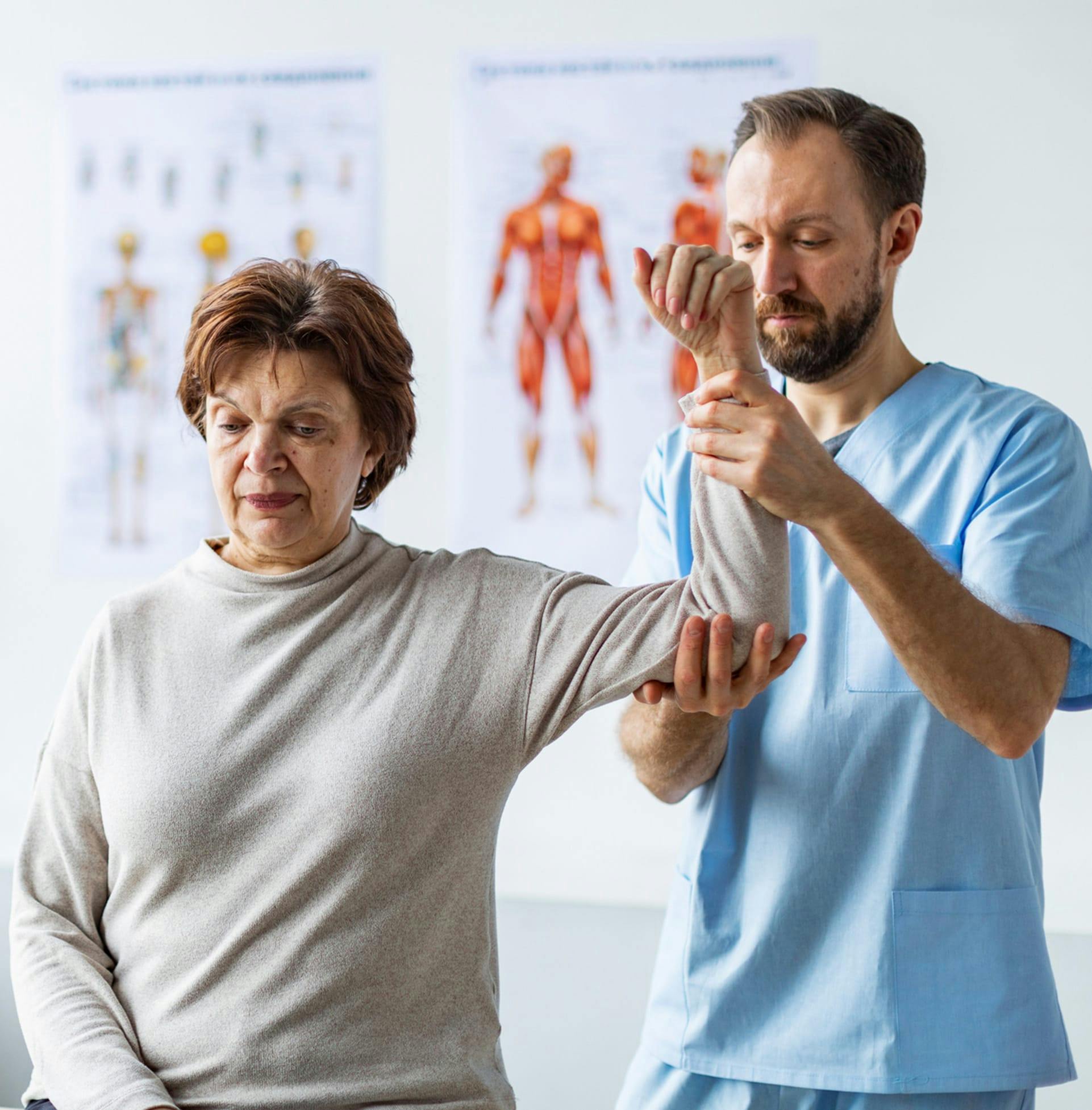Vascular grafting is a specialized surgical procedure offered at Hand to Shoulder Associates (HSA) to address complex vascular issues in the upper extremities. This advanced technique involves using artificial or natural grafts to bypass damaged or blocked blood vessels, restoring proper blood flow and preserving the health of the surrounding tissues.
When is vascular grafting necessary?
Vascular grafting is a versatile procedure that offers effective solutions for various vascular conditions affecting the upper extremities. Some common conditions that may benefit from vascular grafting include:
- Arterial Occlusion: Vascular grafting bypasses blocked or narrowed arteries, enabling adequate blood flow to the tissues and preventing further damage.
- Venous Insufficiency: Vascular grafts can repair or replace damaged veins, improving venous drainage and reducing complications like swelling and clot formation.
- Aneurysms: In vascular aneurysms, grafts can reinforce or repair weakened blood vessel walls, preventing the risk of rupture and related complications.
- Traumatic Injuries: Vascular grafting may address severe injuries that involve significant damage to blood vessels, nerves, and surrounding tissues.





